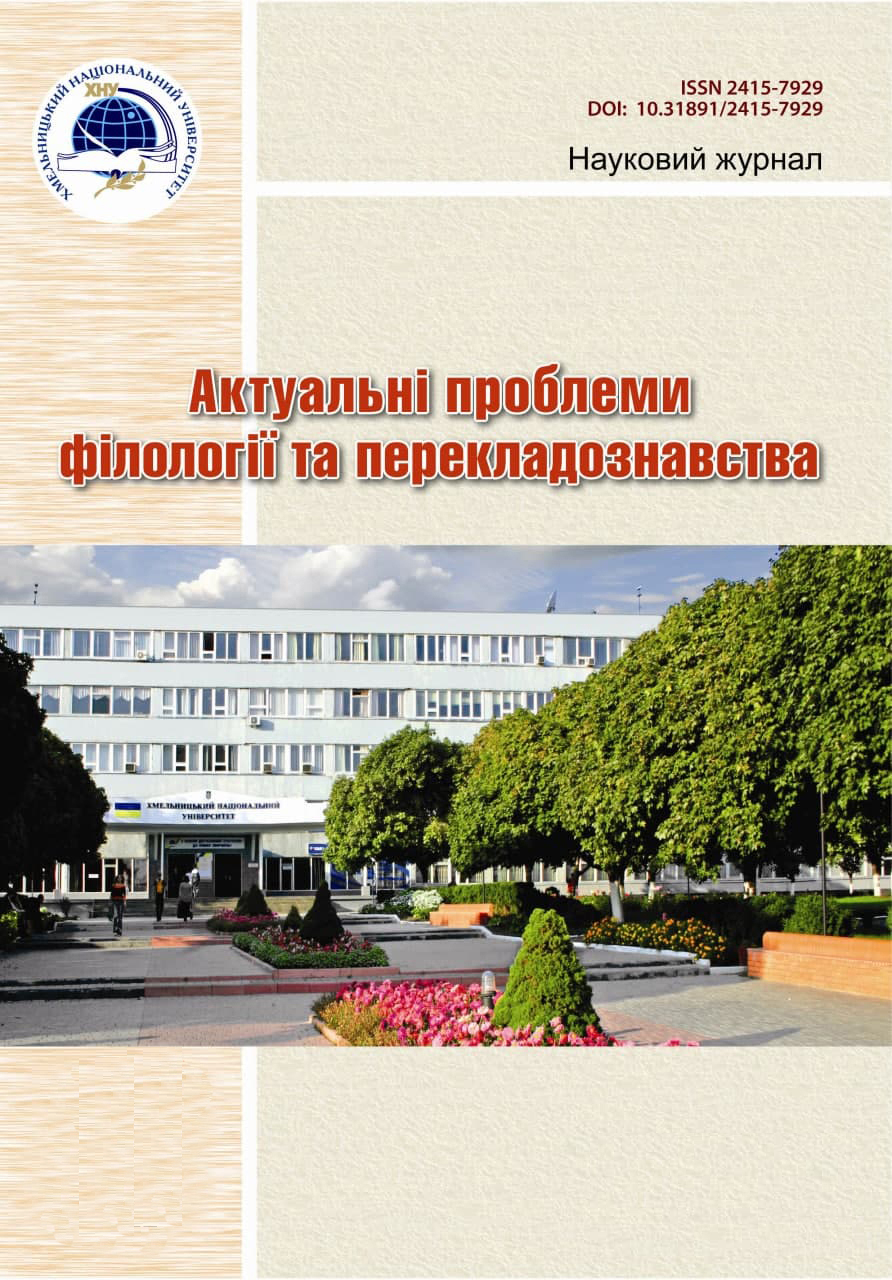GENDER ASPECTS IN MODERN ADVERTISING TEXTS
DOI:
https://doi.org/10.31891/2415-7929-2021-22-22Keywords:
gender aspect, advertising texts, stereotype, influence of advertising textsAbstract
The article deals with modern advertising texts under the gender aspect. The analysis of various texts through the prism of the gender aspects is nowadays popular.
The aim of this research is the study of gender stereotypes in the modern advertising texts. Gender stereotypes are defined as cognitive structures containing socially shared knowledge about the characteristic features of women and men. Gender as a social-cultural component is defined by a system of norms in the spectrum of communicative relations. Women and men are subject or objects in a lot of advertising texts.
Each time period and each communicative situation has its influence of people and creates gender stereotypes of masculinity and femininity. The use of stereotype as a culture category, which is related in verbal and non-verbal language tools is a necessary belonging to advertising production and is assessed by it as a norm already a priori, can ensure the most effective impact of such advertising text on the recipient. In the social development, under the influence of new relationships, gender aspect gives in to the process of modeling new and breaking old stereotypes and forming a new understanding of men and women roles in a particular society and in the world community.
The study has found that the gender component in advertising texts is forming social shared knowledge about the characteristic features of men and women and their typical behavior. The explicit expression of the gender component is representative in using lexemes, language tools and semantic structures those appeal to a male or female representative. The implicit expression of a genus in advertising texts is predetermined by the presence of situations, reactions, gests and other tools, those indicates a certain sex.
Downloads
Published
Issue
Section
License
Copyright (c) 2021 О. ПАВЛИК (Автор)

This work is licensed under a Creative Commons Attribution 4.0 International License.

